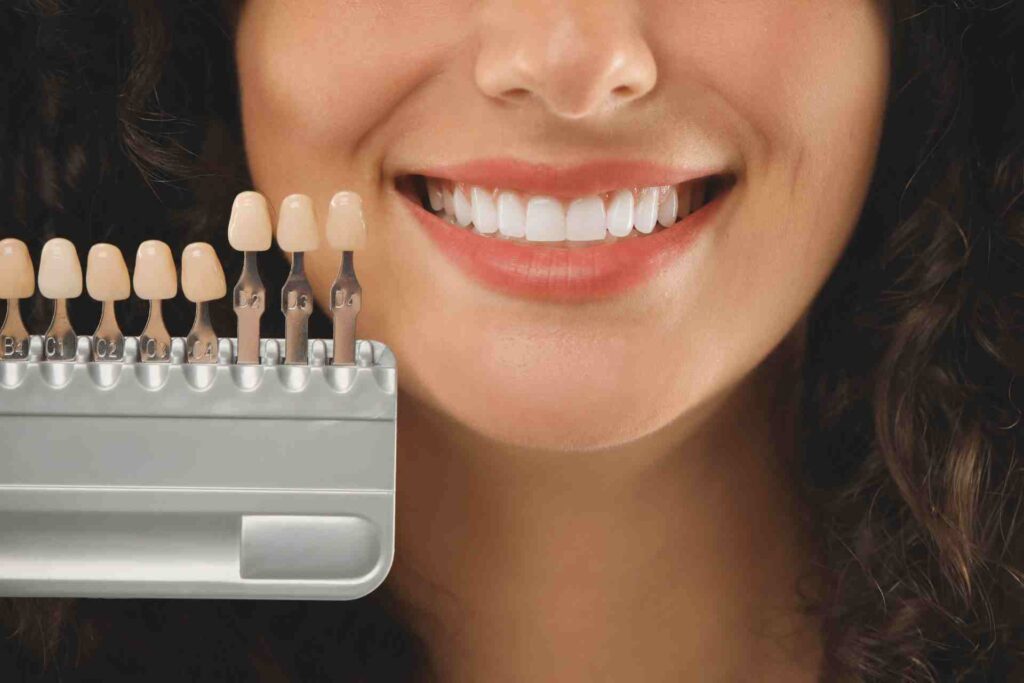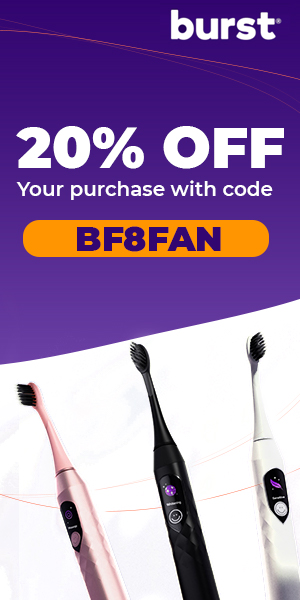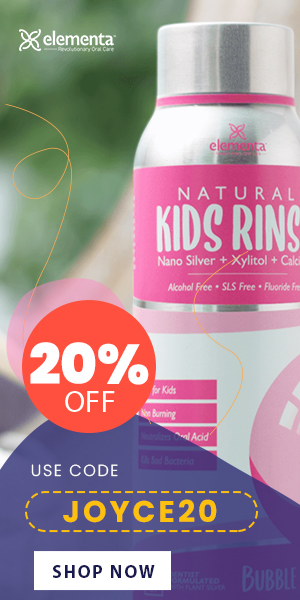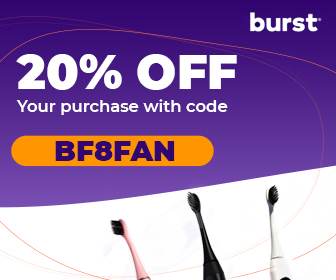Quick answer: There are seven main types of dental veneers: porcelain, composite, no-prep, Lumineers, removable, temporary, and zirconia. Each one offers a different balance of look, feel, and durability. Some are permanent, others are quick fixes. Knowing the difference helps you choose the right match for your smile goals.
What Are Veneers and Why Do People Get Them?
Think of veneers as tiny, customized covers for your teeth. Like press-on nails, but way more durable and designed to completely upgrade your smile.
They’re made from materials like porcelain or composite and are bonded directly to your natural teeth. Once they’re on, they can change the shape, color, and even alignment of your smile.
So why do people get them?

The reasons people get veneers range from cosmetic to functional. Maybe there’s a chip or a gap that’s always bothered you. Maybe teeth whitening hasn’t worked on deep stains. Or maybe your teeth are uneven, and you want a more balanced look.
Some people want a dramatic change. Others just want their teeth to look a little fresher, a little brighter.
And here’s the thing. Veneers don’t just sit on top of your teeth like a mask. Once you know how veneers work, it’s easier to see why they’re such a popular choice. Done right, they look natural and feel like they’ve always been part of your smile.
Related reading: What Veneers Are Made Of?
7 Types of Veneers Compared
1. Porcelain Veneers
Porcelain veneers are the most well-known type, and for good reason. They’re long-lasting, resist stains, and give that ultra-natural, light-reflecting look that blends beautifully with real teeth.
If you’re going for something that looks seamless and polished, porcelain is usually the top pick. It does require some prep, though. A small amount of enamel has to be removed, and the veneers are custom-made in a lab before they’re bonded to your teeth.
Want to know exactly what that process looks like? How veneers are applied involves a few careful steps, including:
- shaping your teeth
- creating custom shells
- bonding them in place
Porcelain Veneers:
| Pros | Cons |
|---|---|
| High durability | Higher cost |
| Very natural appearance | Requires tooth preparation |
| Stain resistance | Takes multiple appointments |
2. Composite Veneers
Composite veneers are a great option if you’re looking for something quicker and more budget-friendly.
Unlike porcelain, these are sculpted directly onto your teeth in just one visit. No lab work. No waiting. Your dentist shapes and polishes the composite right then and there, so you walk out with a refreshed smile the same day.

They’re also easier to repair if they chip or wear down over time. The trade-off? They’re not as stain-resistant as porcelain and may not last quite as long.
Still, for many people, they strike the perfect balance between cost, convenience, and a solid cosmetic upgrade.
Composite Veneers:
| Pros | Cons |
|---|---|
| Lower cost | Prone to staining |
| One-visit treatment | Less natural luster |
| Easily repairable | Lasts around 5–7 years |
3. No-Prep Veneers
No-prep veneers are exactly what they sound like: veneers that require little to no drilling or enamel removal.
These are a great option if your teeth are already in decent shape and you just want to tweak the look. Think:
- minor gaps
- slight discoloration
- subtle reshaping
Because they don’t involve reshaping the tooth much (or at all), they’re often reversible. The process is quicker and more comfortable, but they’re not for everyone. If your teeth are crowded, bulky, or severely stained, no-prep might not give you the best result.
The average cost of no-prep veneers runs from $800 to $2,500 per tooth.
No-Prep Veneers:
| Pros | Cons |
|---|---|
| Quick and conservative | May not suit every case |
| No shots or drilling | Can look bulky on some teeth |
| Often reversible | Limited correction range |
4. Lumineers®
Lumineers are a specific brand of no-prep veneers, and they’re known for being ultra-thin.
Since they’re so thin, they usually don’t require any drilling or enamel removal. That makes the process faster and more comfortable for most patients. You might not even need numbing.
They can be a great choice if you’re looking for a gentle cosmetic update without the commitment of traditional veneers. But like all things, there’s a trade-off. Because they’re thinner, they may not fully mask darker stains or offer the same level of customization as porcelain.
They’re also not ideal for everyone’s bite or tooth shape, so your dentist will help you decide if they’re the right fit.
Lumineers®:
| Pros | Cons |
|---|---|
| No anesthesia needed | May appear less natural in some cases |
| Very thin | Less effective for severe stains |
| Long lifespan | Not ideal for all bite types |
5. Removable Veneers (Snap-On)
Removable veneers, sometimes called Snap-On veneers, are just what they sound like. You clip them onto your existing teeth for an instant cosmetic change.
There’s no drilling, no enamel removal, and no bonding. It’s completely non-invasive, which is a big plus for anyone looking for a temporary or reversible solution.

They’re popular for special events or as a short-term fix while you consider something more permanent.
But they do have limits. They might feel bulky, affect how you speak or eat, and don’t usually look as natural as bonded veneers.
Removable Veneers:
| Pros | Cons |
|---|---|
| Budget-friendly | Not a long-term solution |
| Non-invasive | May affect speech or eating |
| Immediate aesthetic change | Looks less natural |
Related reading: The Downsides of Veneers: Why You Should Think Twice
6. Temporary Veneers
Temporary veneers are exactly what you wear while waiting for the real deal.
They’re usually placed after your teeth have been prepped for porcelain or lab-made veneers. Think of them as placeholders that protect your teeth, let you speak and eat comfortably, and keep your smile looking good while your permanent veneers are being custom-made.
They’re not as strong or polished as the final version, but they get the job done for that in-between phase.
If you’re planning to get veneers that require lab time, it helps to understand how long veneers take so you know what to expect during the process.
Temporary Veneers:
| Pros | Cons |
|---|---|
| Keeps smile intact | Not durable |
| Protects teeth during the process | Not meant for long-term wear |
7. Zirconia Veneers
Zirconia veneers are the strongest option out there.
They’re made from an incredibly durable ceramic material, which makes them ideal for people who grind their teeth or need restorations on back molars. If you’ve ever chipped a veneer or crown before, zirconia might be the upgrade you need.
They aren’t quite as translucent as porcelain, so they don’t mimic natural teeth quite as closely. But for strength and longevity, especially in high-pressure areas, they’re hard to beat.
Once you have them in place, you’ll want to care for them properly. Choosing the best toothpaste for veneers can help protect the surface and keep your smile looking fresh.
Zirconia Veneers:
| Pros | Cons |
|---|---|
| Strongest material | Less translucent |
| Chip and crack resistant | May require more tooth prep |
| Great for high-pressure areas | Higher fabrication cost |

FAQs About Veneers
What type of veneers are the best?
It really depends on what you’re looking for. Porcelain is the go-to for natural aesthetics and durability. Zirconia is stronger and better for people who grind their teeth. Composite is great if you want something more affordable and easier to fix.
Are there different types of veneers?
Yes. There are seven main types: porcelain, composite, no-prep, Lumineers, removable, temporary, and zirconia. Each one has its own pros, cons, and ideal use cases.
What is the best method of veneers?
There’s no one-size-fits-all. How veneers are applied depends on the type you choose and what you’re trying to fix. Lab-made porcelain veneers offer precision and long-term results, but composite and no-prep methods can work really well for quicker, less invasive changes.
Which is better, eMax or zirconia veneers?
eMax veneers look more like natural enamel, so they’re better for front teeth. Zirconia is stronger, which makes it a better fit for molars or anyone who clenches or grinds.
Key Takeaways
- Porcelain veneers offer high durability and lifelike aesthetics
- Composite veneers are budget-friendly and repairable
- No-prep and Lumineers are less invasive, but case-dependent
- Removable and temporary veneers offer quick fixes, not long-term solutions
- Zirconia veneers are best for strength and high-pressure zones
Want expert tips and behind-the-scenes smile transformations? Follow @joycethedentist!





















